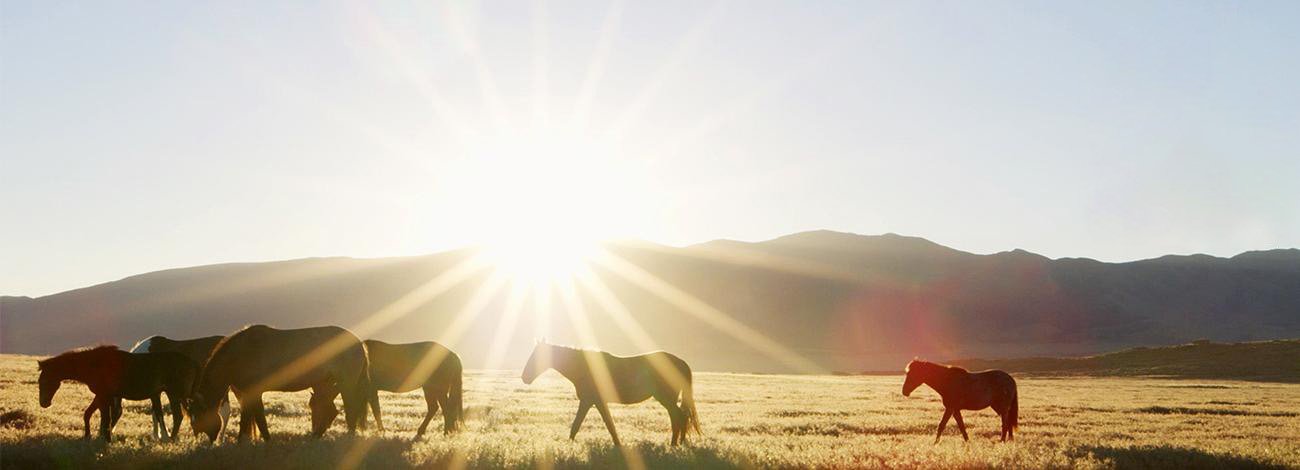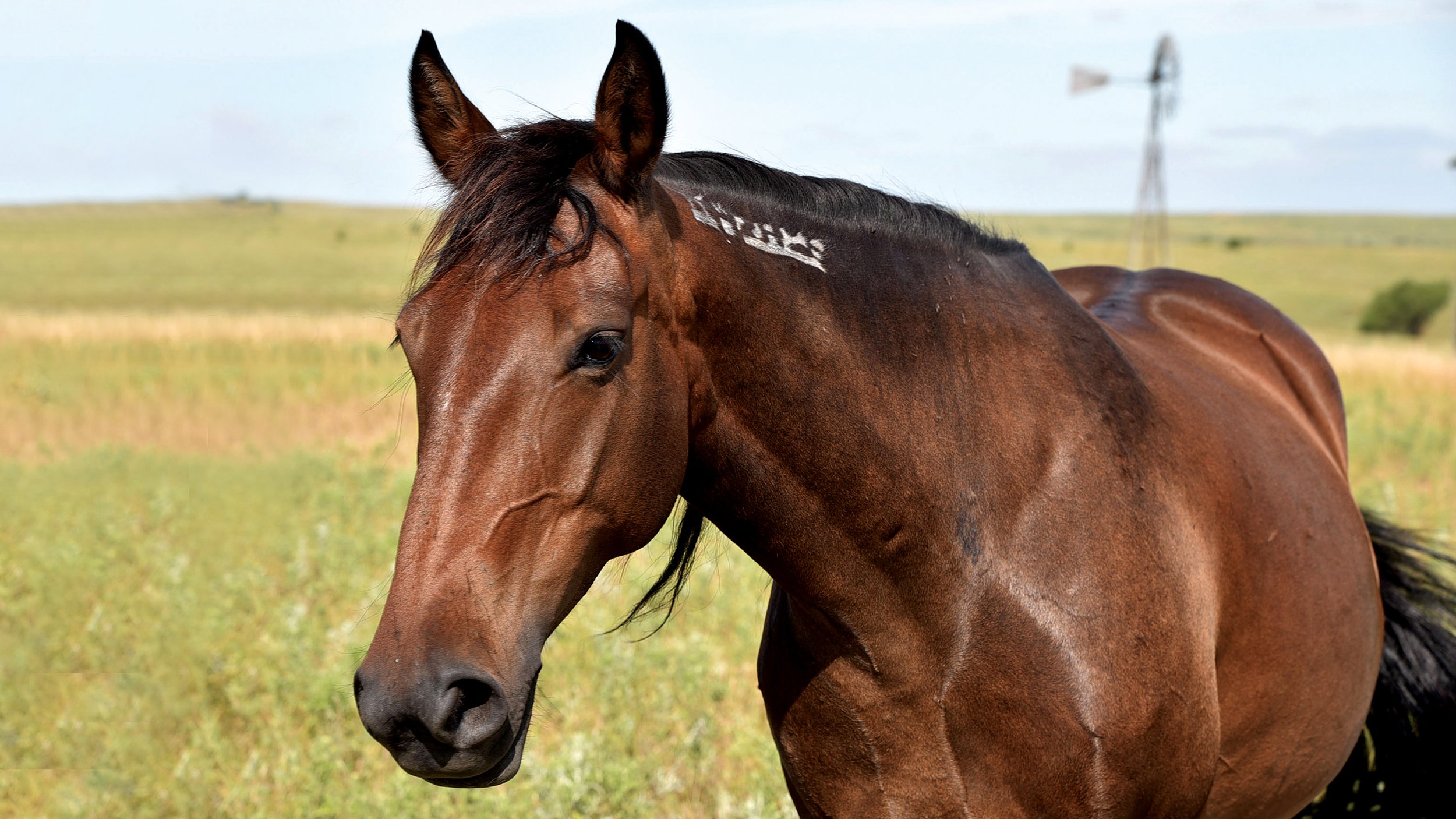
Interactive Wild Horse Experience
What is the Interactive Wild Horse Experience?
In partnership with the Bureau of Land Management
(BLM) Wild Horse & Burro Program, our goal is to create awareness of the challenges wild mustangs face. The traveling exhibition offers an in-depth educational experience about the living conditions of wild mustangs. It covers topics like range conditions, off-range holding pens, darting techniques, and key facts from the BLM. A standout feature is the use of virtual reality headsets, which lets visitors feel as if they are standing next to wild mustangs in their natural habitat.
The exhibition also includes informative displays about how wild mustang populations are managed. Visitors can learn about the mustangs' impact on the land, population control methods, and efforts to balance their needs with those of the environment. Overall, the exhibit informs the public about wild mustangs and promotes empathy and a sense of responsibility for their conservation. Through modern technology and educational content, it seeks to enhance awareness and build a lasting bond between people and these magnificent animals.
Healthy Rangelands. Healthy Horses.
Wild horse populations can grow rapidly, leading to overpopulation. This can cause overgrazing, which negatively impacts the land and other wildlife.
Ecosystem Health: By managing horse populations, the BLM aims to maintain a balance in the ecosystem, ensuring that vegetation and other species are not harmed by excessive grazing.
Horse Welfare: Overpopulation can lead to competition for food and water, which can result in malnutrition and increased mortality rates among horses. Rounding them up allows for better management and care.
Land Management: The BLM manages multiple uses of public lands, including grazing, recreation, and conservation. Maintaining healthy horse populations helps balance these uses.
Legal Mandates: The BLM is required by law to manage wild horse populations under the Wild Free-Roaming Horses and Burros Act, which aims to protect these animals while ensuring they don't exceed sustainable population levels.
In Fiscal Year 2024, the BLM continued to focus on efforts to slow population growth and reduce overpopulation on public lands to protect animal and land health. They rehomed more than 6,000 wild horses and burros from BLM facilities with 5,166 animals finding new homes through adoptions, 1,509 through sales, and 20 animals through transfers!









